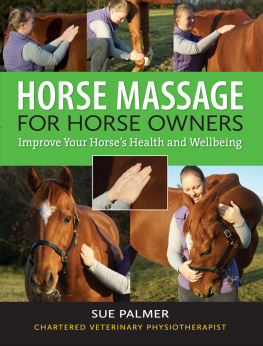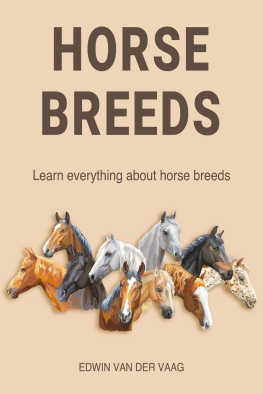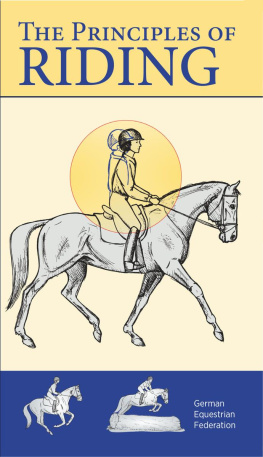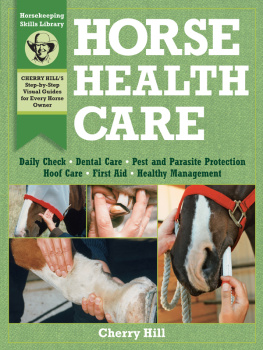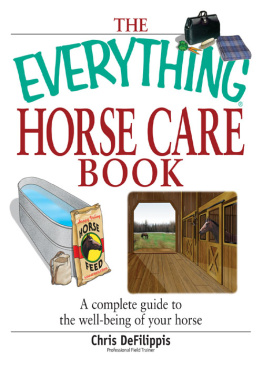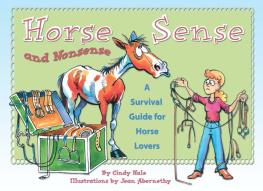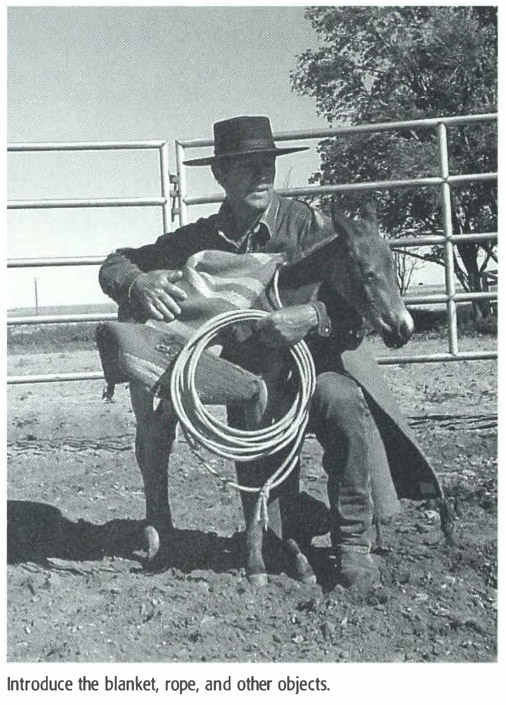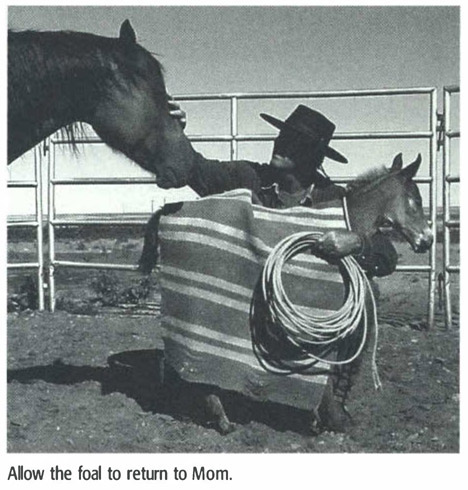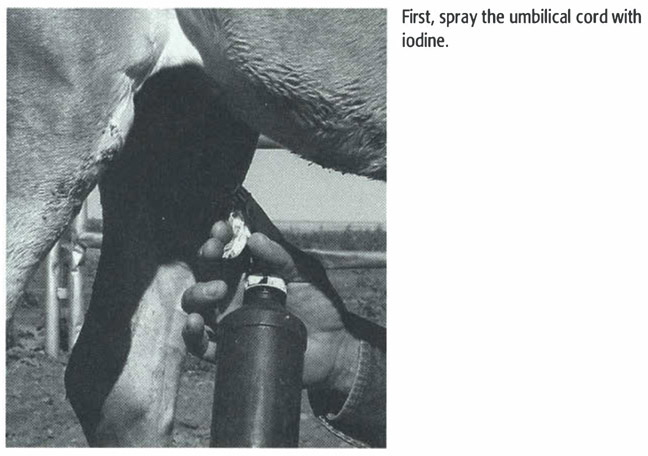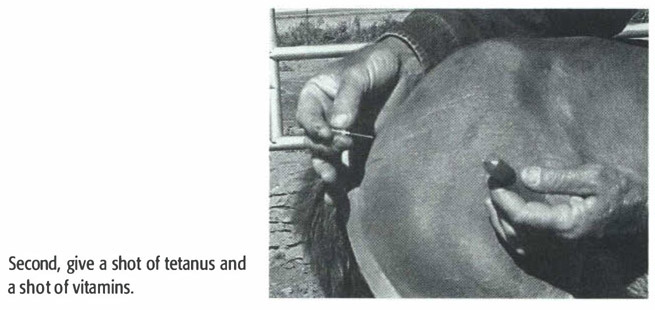Patrick Hooks - 101 Ranch Horse Tips: Techniques for Training the Working Cow Horse
Here you can read online Patrick Hooks - 101 Ranch Horse Tips: Techniques for Training the Working Cow Horse full text of the book (entire story) in english for free. Download pdf and epub, get meaning, cover and reviews about this ebook. year: 2006, publisher: Lyons Press, genre: Children. Description of the work, (preface) as well as reviews are available. Best literature library LitArk.com created for fans of good reading and offers a wide selection of genres:
Romance novel
Science fiction
Adventure
Detective
Science
History
Home and family
Prose
Art
Politics
Computer
Non-fiction
Religion
Business
Children
Humor
Choose a favorite category and find really read worthwhile books. Enjoy immersion in the world of imagination, feel the emotions of the characters or learn something new for yourself, make an fascinating discovery.

- Book:101 Ranch Horse Tips: Techniques for Training the Working Cow Horse
- Author:
- Publisher:Lyons Press
- Genre:
- Year:2006
- Rating:4 / 5
- Favourites:Add to favourites
- Your mark:
101 Ranch Horse Tips: Techniques for Training the Working Cow Horse: summary, description and annotation
We offer to read an annotation, description, summary or preface (depends on what the author of the book "101 Ranch Horse Tips: Techniques for Training the Working Cow Horse" wrote himself). If you haven't found the necessary information about the book — write in the comments, we will try to find it.
A well-trained, responsive, and intelligent working cow horse is more than just a pleasure to ride or watch in action; such an animal is an integral parta prized employee, if you willof a ranchs workforce. How to find and then educate the horse to work cattle in pens and on the range, to negotiate a variety of terrains, and perform all the other tasks it will be asked to do (under a variety of often adverse conditions) is the subject of this handy guide.
For example: Being able to open a gate from horseback is a mandatory job for any cowboy. A good place to introduce the young horse to this experience is by using a gate set up as part of an obstacle course. It is desirable and safer if the gate can swing freely and is without any attachments. Start by simply walking your horse through the gate when its open. Reaching down and gently swinging the gate as you pass through it is the next step. If your horse is a little spooked by your reaching down, be aware that horses are naturally afraid of tight places. Once your horse can pass through an open gate, then attempt to open a closed gate. Be sure your horse fully understands your hand and leg cues before attempting this step, because he must be able to move off your leg to stand next to the fence, move toward the fence as it swings open to let you pass through, and then move around so you can close it.
Written by an experienced rancher and horse trainer, 101 Ranch Horse Tips will show you how to start a young horse or improve an older one with techniques that can apply to performance and enjoyment on or beyond the cattle ranch.
Patrick Hooks: author's other books
Who wrote 101 Ranch Horse Tips: Techniques for Training the Working Cow Horse? Find out the surname, the name of the author of the book and a list of all author's works by series.

